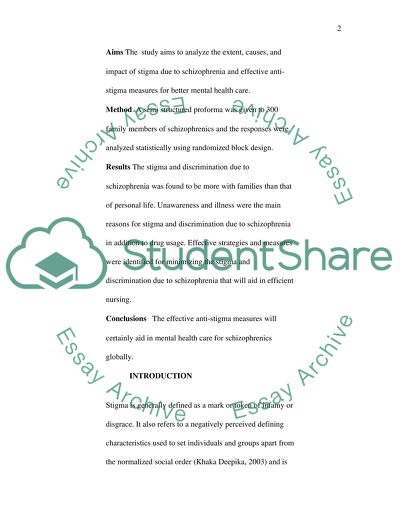Cite this document
(“Stigma and Discrimination in schizophrenia Essay”, n.d.)
Retrieved from https://studentshare.org/miscellaneous/1537663-stigma-and-discrimination-in-schizophrenia
Retrieved from https://studentshare.org/miscellaneous/1537663-stigma-and-discrimination-in-schizophrenia
(Stigma and Discrimination in Schizophrenia Essay)
https://studentshare.org/miscellaneous/1537663-stigma-and-discrimination-in-schizophrenia.
https://studentshare.org/miscellaneous/1537663-stigma-and-discrimination-in-schizophrenia.
“Stigma and Discrimination in Schizophrenia Essay”, n.d. https://studentshare.org/miscellaneous/1537663-stigma-and-discrimination-in-schizophrenia.


